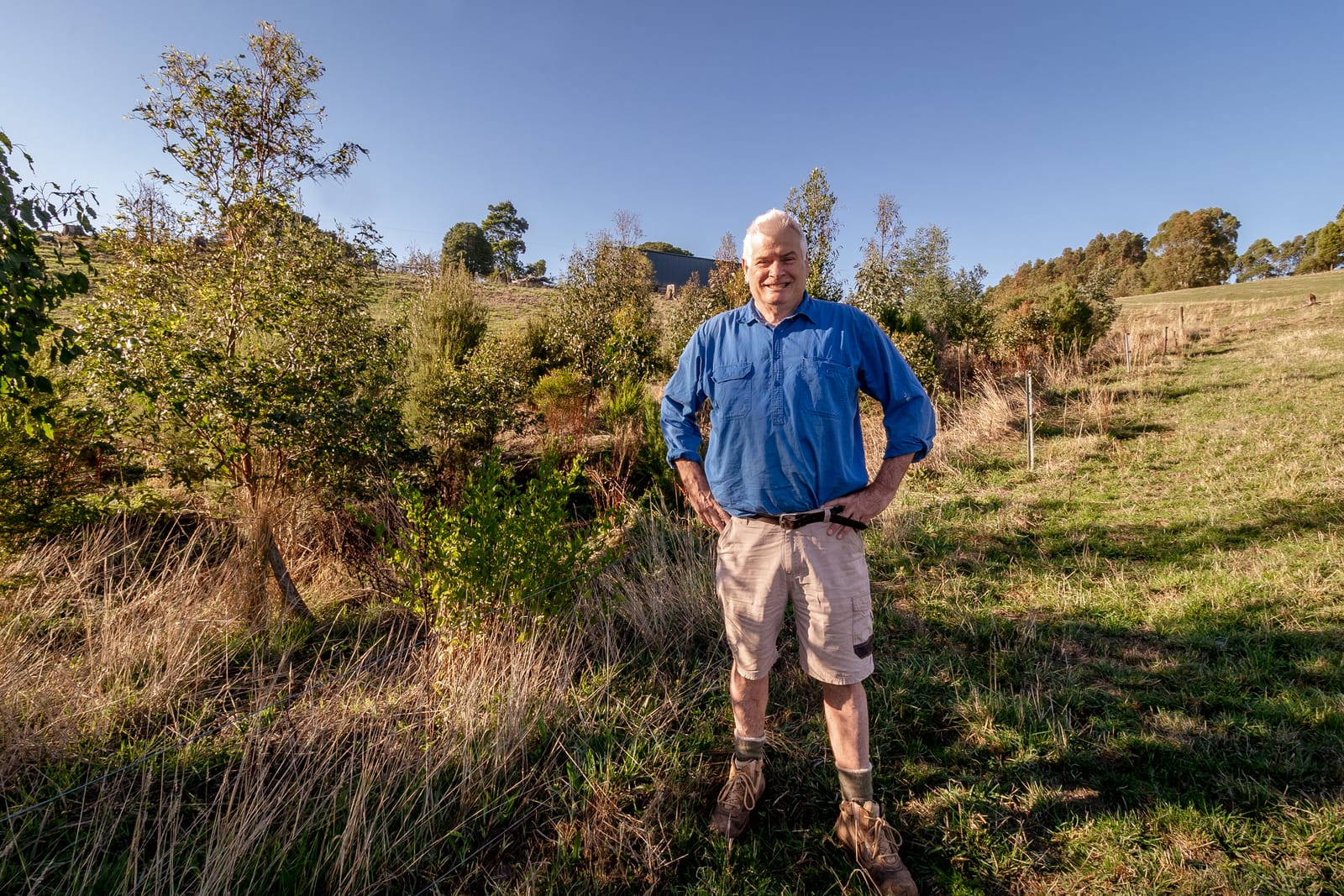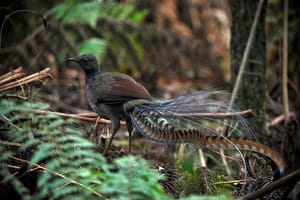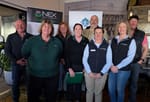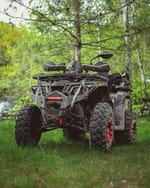The highly variable and extreme hot-dry-cold-wet-windy conditions South Gippsland has experienced this year highlight the need for good shelter to protect livestock, pasture and soils.
Data collected across the world and in Australia shows that protecting existing native vegetation and planting shelterbelts increase productivity in all sectors: meat, dairy, wool, cropping and horticulture. The loss of arable land is outweighed by measurable improvements in yields which are broadly accepted as being 20-30% for pasture, 10-20% for milk and 10-20% for cropping and horticulture.
Shelterbelts work by filtering and breaking the force of wind as it moves through the vegetation. This creates a cushion of slower-moving air on the leeward side of the shelterbelt which has less blast impact on soils, pasture and animals and moderates temperatures. Sheltered animals require significantly less energy in cold conditions and less water in hot conditions to maintain meat and milk production compared to unsheltered animals. Sheltered animals are also at much lower risk of death or abortion in adverse weather than unsheltered animals.
While farmers have appreciated the benefits of good shelter for stock for some time, the benefits to pasture and soils have been less well understood. This may be because historically, many farmers in South Gippsland created shelterbelts using single species such as cypress or blue gum. Planted as a monoculture, each can suppress pasture or crop growth by casting dense shade, monopolising available water or releasing chemicals that prevent other species (including grasses) from germinating.
Current best practice is for shelterbelts to include a diverse mix of species indigenous to the area, with the tallest tree species forming the spine or backbone of the plantings. Having a range of species, heights and growth habits significantly improves the overall cushioning effect and provides additional biodiversity and biosecurity benefits. These include increased pest control via birds and beneficial insects, decreased spray drift and a natural buffer to prevent the spread of disease and parasites via contact with animals on neighbouring properties.
Beef farmer, and president of the Arawata Landcare Group, Nick Dudley, firmly believes that native vegetation and shelterbelts underpin sustainable agricultural businesses. Throughout his career, Nick has encouraged farmers to incorporate native plantings into their whole farm planning for shade, shelter, carbon, agroforestry and biodiversity.
Nick practices what he preaches on the 90 acre property he owns with his wife, Anna. “Despite some great work from the original owners who had fenced off and planted out landslips and eroded gullies, the property was pretty neglected when we bought it,” he says. “We’ve fenced off and revegetated additional riparian areas and re-fenced and replanted the understorey in the already treed areas, all in line with a whole-farm plan. Our goals were to better manage productive pastures, improve stock movement around the farm, to create shade and shelter for livestock and to keep stock out of dams and non-productive areas on the farm.”
Nick is one of the host farmers in South Gippsland Landcare Network’s (SGLN) Climate-smart whole farm planning program running in the 2025-26 financial year. Details about the program, which is designed to help landholders recognise, protect and maximise their natural resources for long-term sustainability, are available by emailing cassie@sgln.net.au.
SGLN also has a multitude of resources to help plan and create shelterbelts, and may be able to help farmers obtain funding to reduce the up-front costs of this work. Contact Nick Stephens (nickstephens@sgln.net.au), Jane Mckenzie-Smith (jane@sgln.net.au)t or visit www.sgln.net.au.





